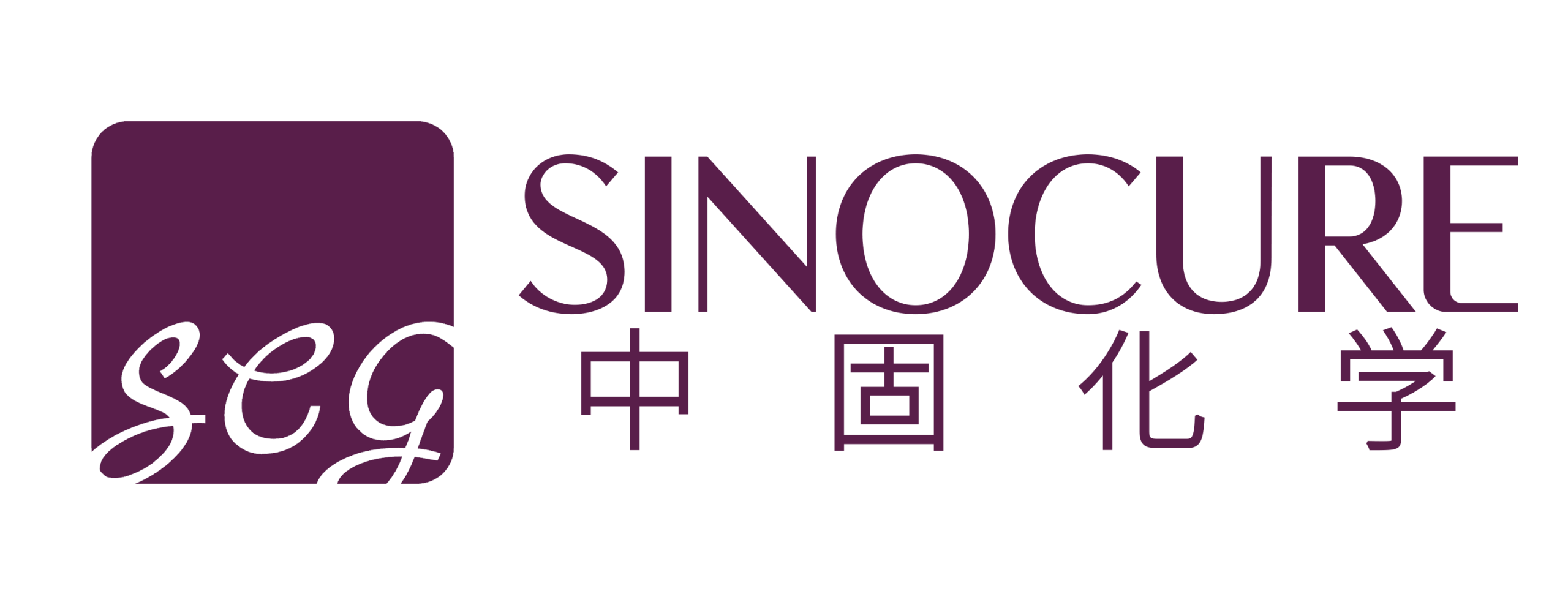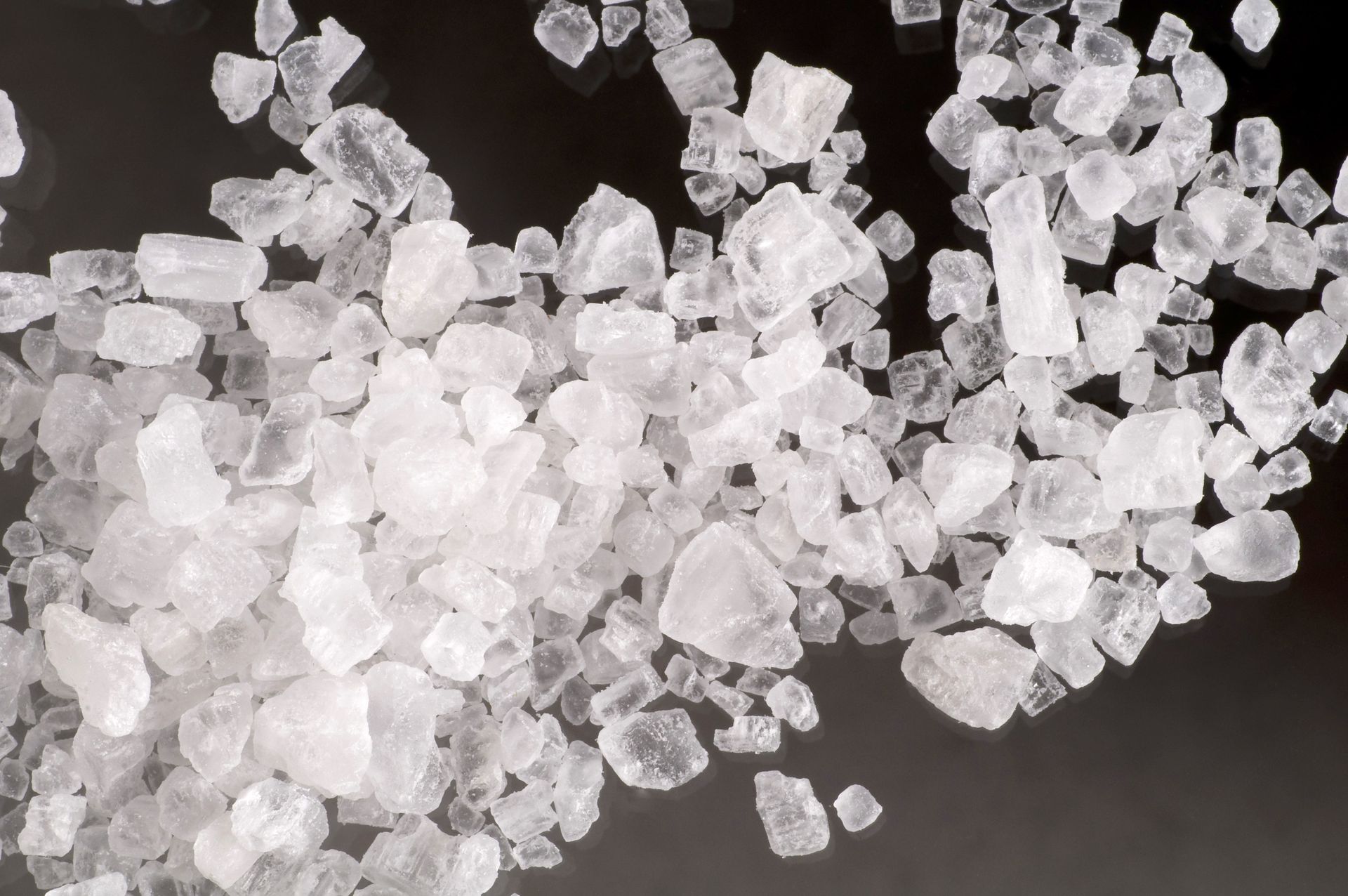Deoxycholic Acid (CAS 83-44-3): Uses, Benefits, and Safety Information
Introduction
Deoxycholic acid, with the CAS number 83-44-3, is a naturally occurring bile acid that plays a significant role in both the human body and modern medicine. Known for its ability to break down fats, this compound has found applications in pharmaceuticals and research. This article offers a detailed look at Deoxycholic acid (CAS 83-44-3), exploring its chemical properties, uses, benefits, potential side effects, manufacturing process, and regulatory status. Written for a general audience, the information here is accurate and easy to understand, providing a comprehensive overview of this important substance.
Chemical Properties of Deoxycholic Acid (CAS 83-44-3)
Deoxycholic acid (CAS 83-44-3) is classified as a secondary bile acid, with the molecular formula C₂₄H₄₀O₄ and a molecular weight of 392.57 g/mol. In its pure form, it appears as a white to off-white crystalline powder. It is soluble in alcohol, which makes it useful in certain formulations, but only slightly soluble in water. This solubility profile is due to its chemical structure, which includes both hydrophilic (water-attracting) and hydrophobic (water-repelling) regions, enabling it to interact effectively with lipids.
The melting point of Deoxycholic acid is approximately 172-174°C, and it remains stable when stored properly in a cool, dry environment away from light. These physical and chemical characteristics make Deoxycholic acid (CAS 83-44-3) a versatile compound in pharmaceutical and scientific settings, where its fat-emulsifying properties are particularly valuable.
Uses and Applications of Deoxycholic Acid (CAS 83-44-3)
Deoxycholic acid (CAS 83-44-3) is most widely recognized for its medical use in reducing submental fat, often referred to as a double chin. Administered through injections, it works by breaking down fat cells in the targeted area, which the body then naturally removes over time. This treatment has become a popular option for individuals looking to improve the contour of their chin without surgery.
Beyond its cosmetic application, Deoxycholic acid is also utilized in biochemical research. Scientists use it to study lipid metabolism and the behavior of fats in the body. It can also be found in the formulation of some pharmaceutical products, where its ability to emulsify fats is beneficial. Researchers are exploring additional uses for Deoxycholic acid (CAS 83-44-3), such as its potential in treating conditions like lipomas (benign fatty tumors), though these applications remain experimental and are not yet approved for clinical use.
Benefits of Deoxycholic Acid (CAS 83-44-3)
One of the standout benefits of Deoxycholic acid (CAS 83-44-3) is its role as a non-surgical solution for reducing submental fat. For individuals who want to enhance their facial appearance without undergoing invasive procedures, this treatment offers a less intensive alternative. The fact that Deoxycholic acid is a substance naturally produced in the body to aid fat digestion may also make it appealing to those interested in treatments aligned with natural processes.
Patients who receive Deoxycholic acid injections often report satisfaction with the results, noting a more defined jawline and improved self-confidence. The procedure typically requires minimal downtime compared to surgical options, allowing people to resume normal activities relatively quickly. These benefits have contributed to its growing use in aesthetic medicine.
Potential Side Effects and Precautions with Deoxycholic Acid (CAS 83-44-3)
While Deoxycholic acid (CAS 83-44-3) is considered safe when used correctly, it is not without risks. Common side effects associated with its injection include swelling, bruising, pain, numbness, and redness at the treatment site. These effects are usually temporary and resolve on their own. However, more serious side effects, though rare, can occur. For example, nerve injury in the jaw area may lead to an uneven smile or facial muscle weakness, highlighting the need for skilled administration.
To reduce risks, Deoxycholic acid treatments should only be performed by qualified healthcare professionals. Patients are advised to share their full medical history with their provider, as certain conditions could increase the likelihood of complications. Pregnant or breastfeeding women should avoid this treatment, as there is insufficient data to confirm its safety in these groups. Taking these precautions ensures that Deoxycholic acid (CAS 83-44-3) is used as safely as possible.
Manufacturing Process of Deoxycholic Acid (CAS 83-44-3)
Deoxycholic acid (CAS 83-44-3) can be produced in two main ways: extraction from natural sources or chemical synthesis. Naturally, it is derived from bovine bile, where it exists as a byproduct of digestion. The extraction process involves multiple purification steps to isolate Deoxycholic acid in a pure, usable form. Alternatively, it can be synthesized in a laboratory by modifying other bile acids or steroidal compounds through chemical reactions.
When produced for pharmaceutical purposes, Deoxycholic acid must meet strict quality standards. Manufacturers follow Good Manufacturing Practices (GMP) to ensure the compound’s purity, potency, and safety. This involves rigorous testing and controlled conditions throughout the production process. Whether sourced naturally or synthetically, the end product is carefully refined to meet the needs of medical and research applications.
Regulatory Status of Deoxycholic Acid (CAS 83-44-3)
In the United States, Deoxycholic acid (CAS 83-44-3) is approved by the Food and Drug Administration (FDA) for the treatment of moderate to severe submental fat in adults. It is available under brand names like Kybella, which has been evaluated for safety and efficacy in this specific use. The approval process involved extensive clinical studies to confirm its benefits and identify potential risks.
In the European Union, Deoxycholic acid is also approved for similar purposes, though the regulations and specific indications may differ from those in the U.S. Healthcare providers and patients should consult local guidelines to understand how Deoxycholic acid (CAS 83-44-3) is regulated in their region. Its regulatory status reflects its established role in medicine, balanced with the need for proper oversight to ensure safe use.
Conclusion
Deoxycholic acid (CAS 83-44-3) is a versatile bile acid with important applications in medicine and research. From its chemical properties that enable fat breakdown to its use in non-surgical fat reduction, it offers unique benefits backed by scientific understanding. However, its potential side effects and the need for professional administration underscore the importance of informed use. Whether extracted from natural sources or synthesized, its production adheres to high standards, and its regulatory approval in various regions reflects its recognized value. This overview of Deoxycholic acid (CAS 83-44-3) provides a clear picture of its role in the pharmaceutical world, making it a topic of interest for those exploring modern treatment options.

